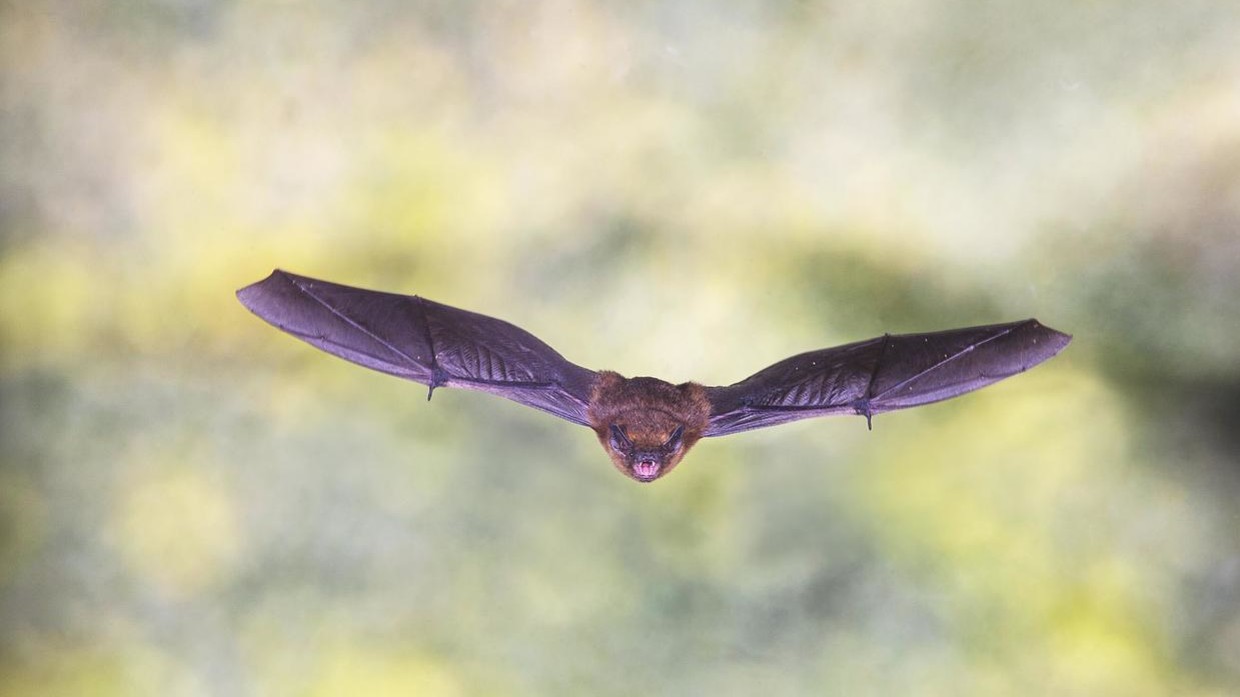
A thumb-sized bat flew to the Pskov region in Northwestern Russia, all the way from London. This flight is peaking the attention of researchers everywhere. Read to know what’s special about the ‘Olympian bat’ and her record-breaking flight.
What is the ‘Olympian bat’?
The so-called ‘Olympian bat’ is a female Nathusius’ pipistrelle. The bat is about the size of the human thumb and weighed eight grams according to Brian Briggs. Briggs is a bat recorder who ringed the bat close to Heathrow Airport in 2016. The bat contained a tag having “London Zoo” on its arm, which helped Svetlana Lapina, identify it after a 2,018 km long journey. The bat species is common across Europe, from the UK to Asia Minor. However, reset studies show that the species are also found further in the north than ever before.
“This is a remarkable journey and the longest one we know of any bat from Britain across Europe. What an Olympian!’’ said Lisa Worledge, the head of conservation services at the bat conservation trust. Alas, the bat was killed by a cat and died, despite the efforts of the Russian conservationists.
Why is this travel fascinating?
The distance is a magnificent effort. It is one of the longest records and the only long-distance movement of such scale from the west to the east. The record belongs to the Nathusius’ pipistrelle that migrated to Spain from Latvia in 2019, covering a total distance of 2,224 km.
However, this is not the only thing fascinating researchers. They believe that this expansion in the animal range has links with climate change. Hence, working with citizen scientists can help in better understanding their migration and impact. This is very exciting. It’s great to be able to contribute to the international conservation work to protect these extraordinary animals and learn more about their fascinating lives,” said Brian Briggs.
Additionally, the Bat Conservation Trust launched the National Nathusius’ Pipistrelle Project in 2014 to focus on understanding its ecology, status, and threats affecting it. The project also aims to determine its migration patterns and understand how it links with climate change.
